Puzzling Through to the Underworld in Mulaka
Every once in a while there comes along a game that, intriguing at the outset, takes you pleasantly by surprise. Mulaka is that game.
Mulaka is an interactive ode to the Taramuhara culture — a low-poly, action/adventure story taking you across northern Mexico, from vine-covered jungle to rock-pillared desert through a world of magic and danger. In much the same way Ōkami brought Japan’s myths and legends to life, Mulaka breathes spirit into the tale it tells.
Throughout the story you play as a Sukurúame, or shaman, named Mulaka. With a rash of problems cropping up across the Sierra, creatures running amok where before they were peaceable or aloof, it’s up to you to bring together the power of the demigods and tackle the root of the issue.
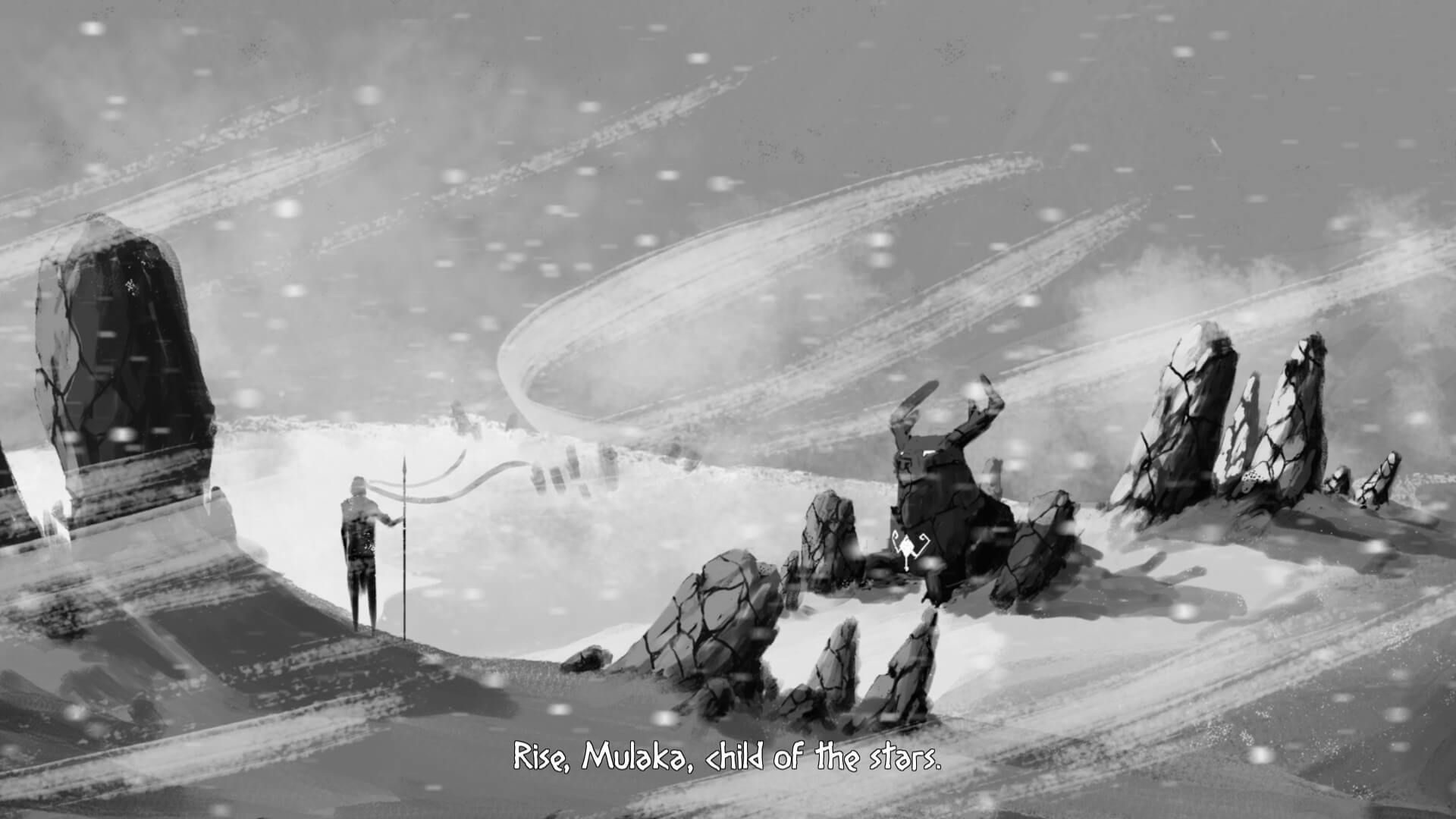
To do so, you must do what the Taramuhara do best: run. Each area you visit is barred from the next by a gate, which is opened by three stones hidden across the map, so you must scour each area to find them. And really, with a landscape as gorgeous as that of Mulaka, why wouldn’t you do that anyway? You can have a lot of fun working out how to get to them, whether they’re up on a high pillar or covered by tangling vines.
Like its art style, Mulaka’s gameplay is neat and clean. Rather than having to remember every control and ability from the off, new skills are introduced through a series of tutorial stones scattered through the entire game, with the opportunity to practise by each. It’s a pleasant way to learn — nothing feels too slow, and nothing seems sprung upon you.
Each element of gameplay is simple, as well, so you can focus on getting it right — which becomes important later on, when timing is your greatest enemy. Spear combat, for instance, consists of around four buttons at most. Alongside standard movement and jumping, you have normal attacks, power attacks, throws and dodges. Attacking can have different results if you’re jumping or sprinting, so through a process of trial and error you can learn what effects each has, and which applies best to the enemies you face. The controls are so intuitive and easy to use that you can complete the game without even realising combos exist (as we found out via an unattained Steam achievement).
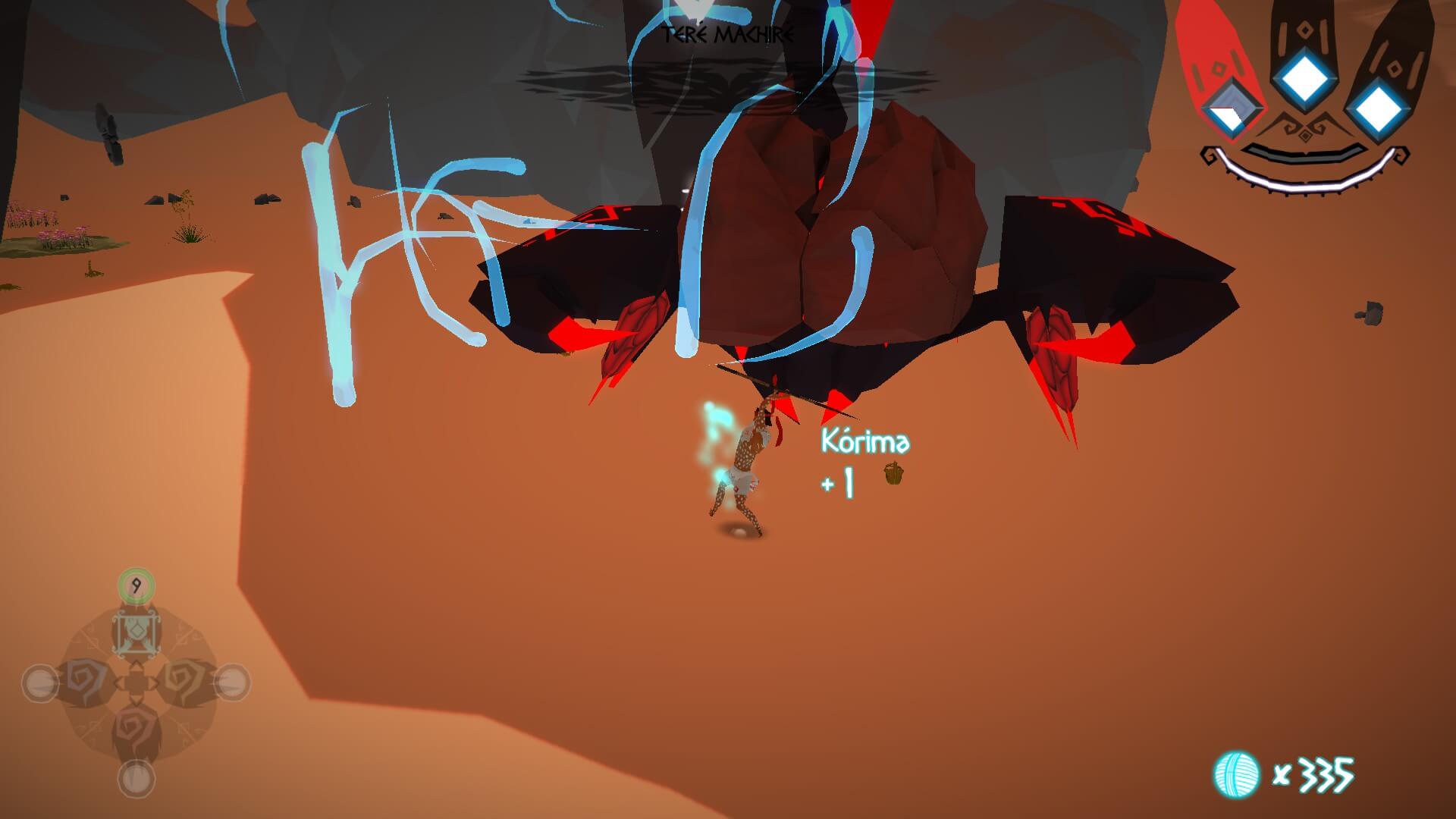
If hacking your way through enemies alone can’t get you to your objective, you can try using your Sukurúame vision. As long as your reserve of magic holds out, you can see the world through new eyes. Items of note appear as distance markers, invisible enemies become vulnerable and ghosts become able to talk to.
It’s through this vision that you can sweep up collectibles throughout the game, if you don’t stumble upon them in the natural course of things. Sometimes you miss something, or can’t get to it, on your first attempt and come back to it later. You don’t have to, but it’s fun to go back and unlock new areas or lore objects. Many of these also grant Kórima, which is also rewarded after defeating enemies and can be exchanged with a vendor for upgrades to your spear and soul.
Sometimes it’s not just collectables you’re after, though. You can use naturally occurring ingredients to make four different kinds of potion: health, made from aloe; bombs, made from chia seeds; shield, made from laurel and rage, made from corn. We couldn’t work out what to use rage for, but aloe is vital to keep you alive, bombs clear the way to new areas and shields become essential companions later in the game. While resources regrow all over the place, we took one or two trips to other areas to make sure our health potions were topped up before big boss battles.
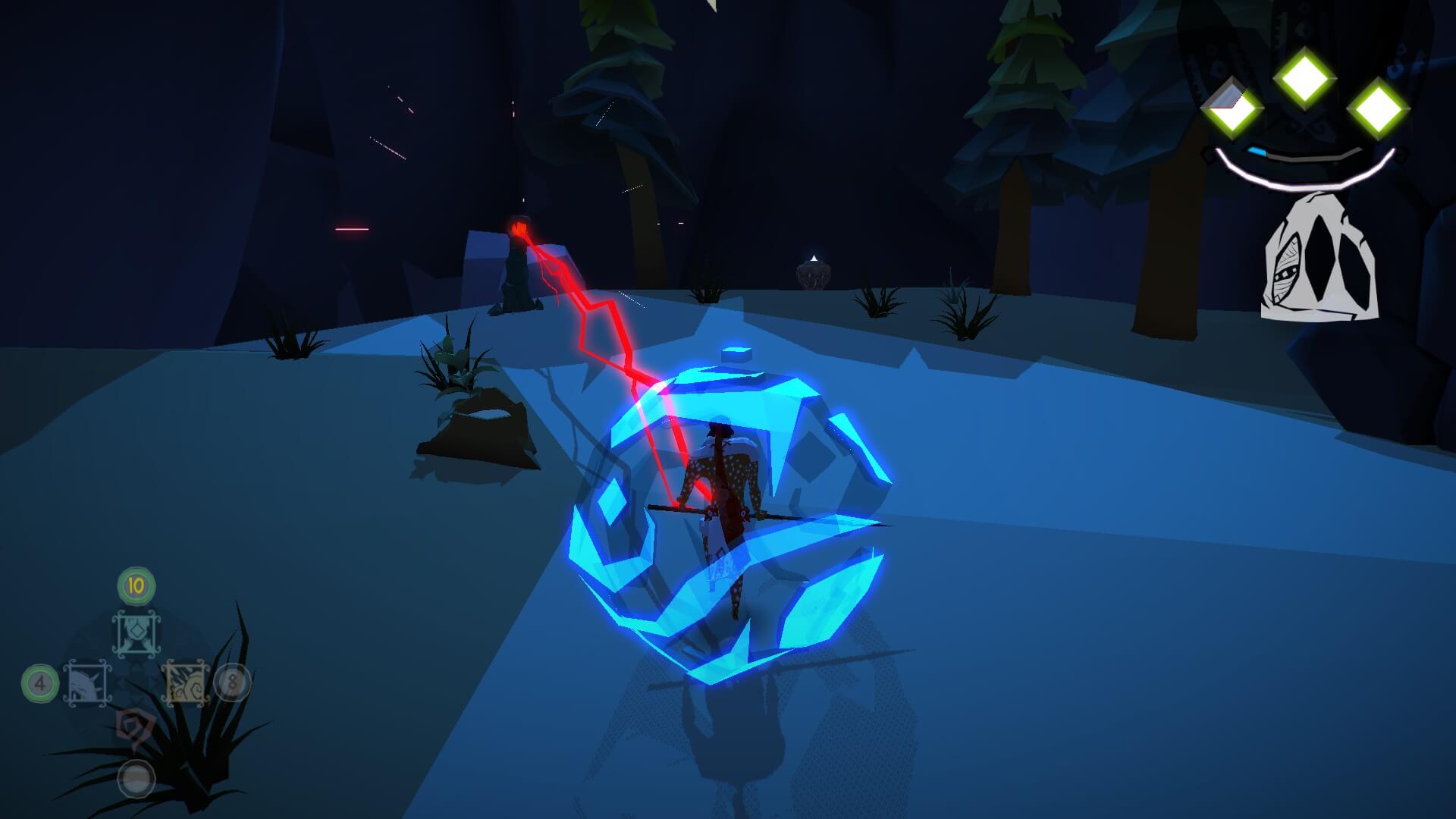
With every area you visit come new enemies and fellow Tarahumara. You get introduced to the former each time you spot a new one, with a description that often gives you hints on how to knock them off. The latter populate the landscape, keeping it alive and sometimes giving you objectives and pleading for help to progress the story.
That story takes you from demigod to demigod, each granting you a power to help in your journey. These are the four transformations, integral to much of Mulaka’s exploration and later combat. Woodpecker form lets you take to the skies, bear form lets you break down tough obstacles, puma form lets you pounce up pre-defined routes to out-of-reach locations and snake form lets you freeze things and cross water. The most important thing to realise is that they only last as long as you have magic and do use it up while active. Be careful of flying over water, or you may drown, and make sure you have a full magic bar before leaping into puma form, or you’ll go crashing to the ground.
These transformations, plus your vision and ordinary spear combat, all come into harmony towards the end of the game. Every area has at least one ring of stones marking an arena for a boss fight. Sometimes, these are waves of enemies, sometimes unique bosses and sometimes a combination of the two, with only tiny, rushed windows to use potions and recuperate.
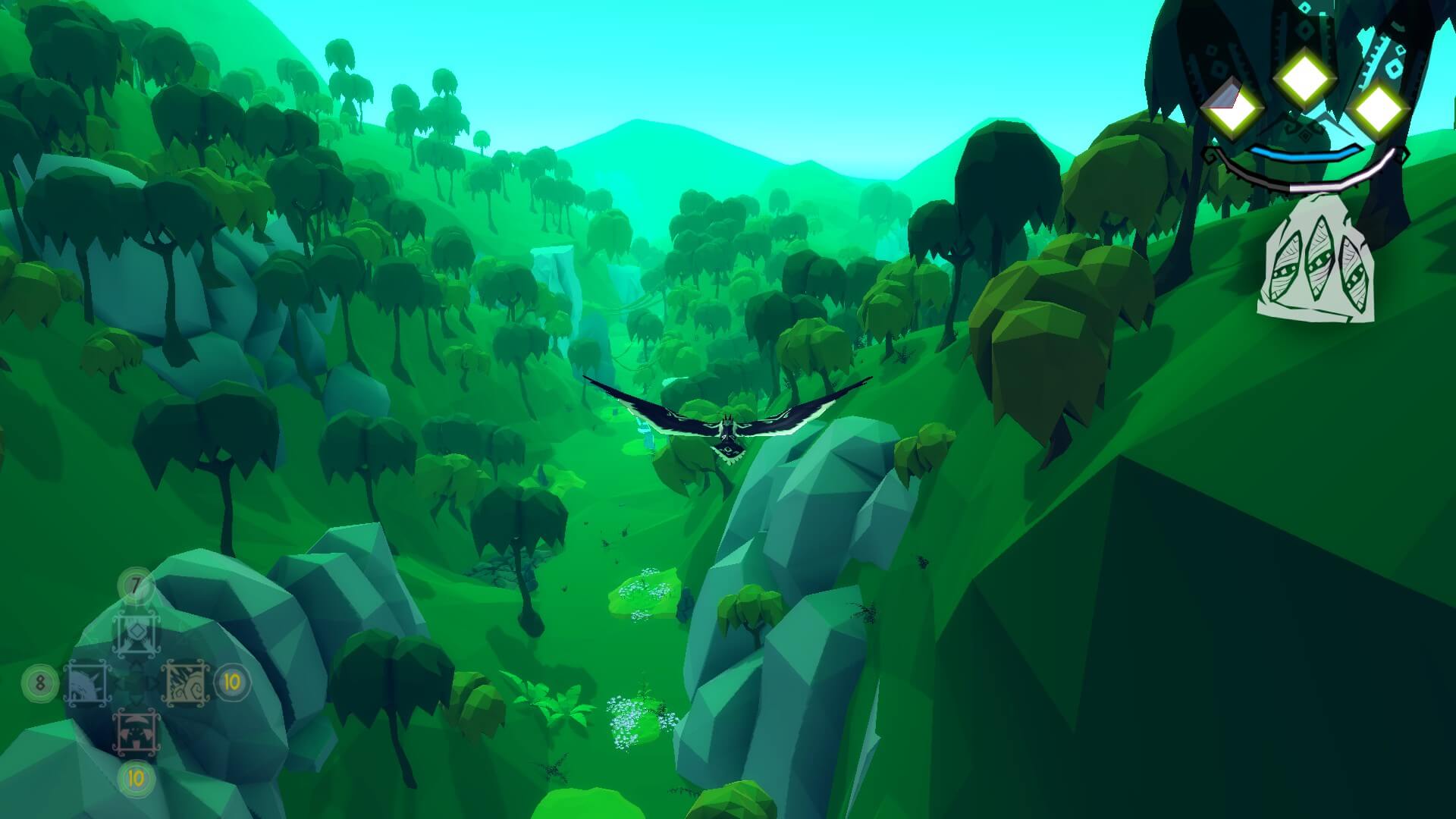
The best of these fights are those that take the challenge to vertical heights as well as the floor of the standard arena circle. You can jump between platforms as you scout for weaknesses before flying over to where you need to be — using all the skills you’ve learned to date. It can be a thrilling, on-your-toes struggle to work an enemy out, dodging frequent and hard-to-avoid attacks, desperately trying to bring it down before you run out of health and potions.
As mentioned earlier, timing is perhaps the crux of Mulaka’s late gameplay. In boss battles, dodging at the wrong second or running in slightly the wrong direction can get you knocked time and time again. Throwing in one more attack can leave you vulnerable to incoming missiles. Choosing to use a potion at the wrong moment can get you attacked at just the wrong moment, negating the potion’s effect entirely. But this is fine. It makes every fight a challenge and — even for those unfamiliar with action games — it can be solved through some degree of trial, error and intuition. We never died (by losing all health, anyway — we fell off several cliffs) throughout our playthrough, but we were hooked on every fight and every victory was a great achievement.
Timing in puzzles can be equally difficult, although equally rewarding. Most of the difficulty comes from flying. There are some quite long aerial sections where you need to fill up your magic meter by intercepting floating boosts. Most at the beginning are arrayed naturally along your flight path, but later on they can be a bit less convenient and with no way to control your height apart from a gradual, uncontrolled decrease, wheeling to the side and back is the only way to stay in the air.
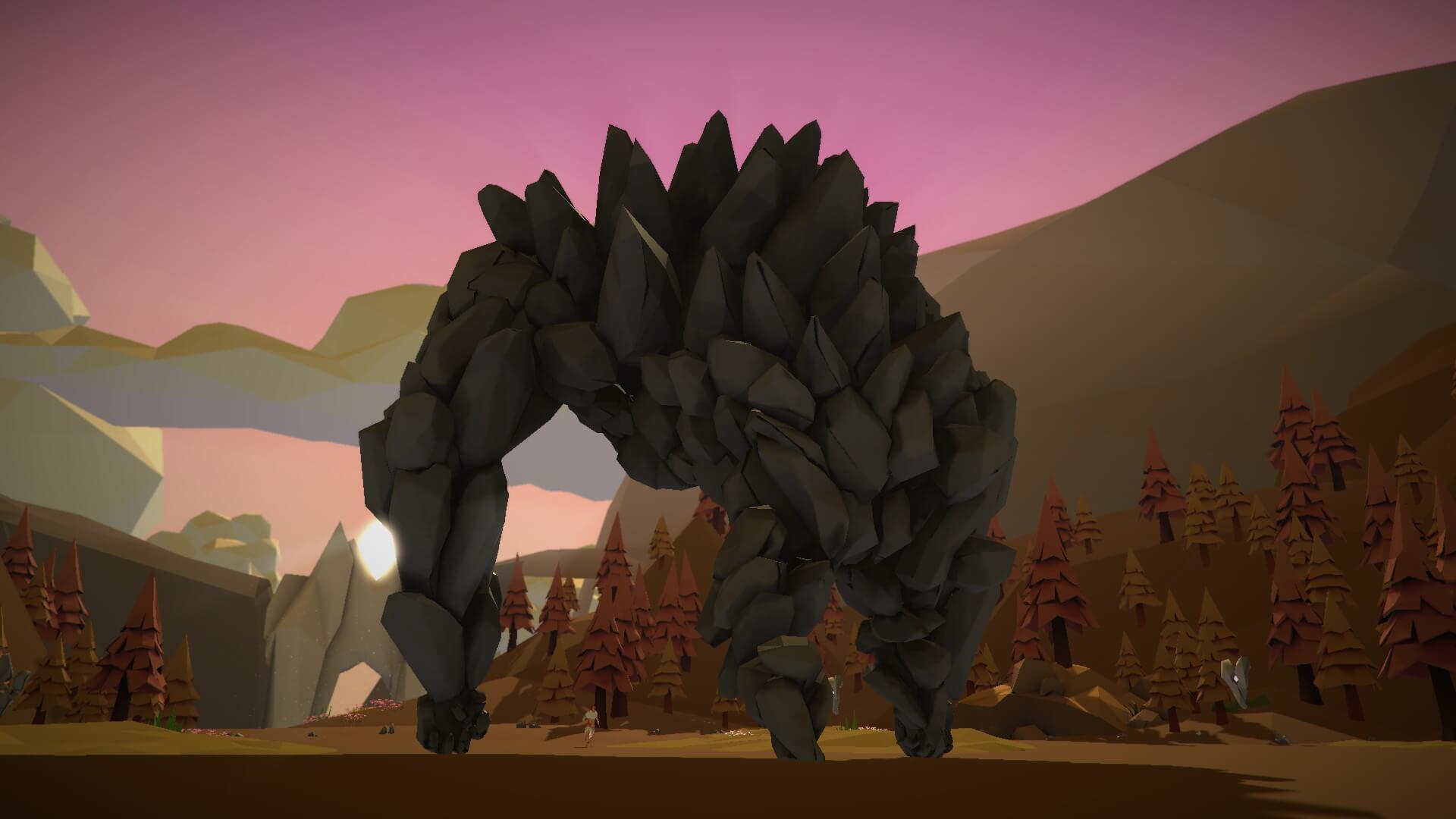
There was only one place this became a particular issue, though, and this was when trying to reach a path accessible via puma form. We could get there as a woodpecker, but our magic ran out just before we reached the top as a puma and we plummeted to our death. We only got there eventually by wheeling almost back on ourselves to collect a second boost, and even then the timing was tight.
It’s a small quibble, but it feels like the puma form — which takes you along a preset path with no user input — may have been better if it didn’t drain magic, and only took a small amount to initiate. When you can’t control it, it’s confusing when it goes wrong — we thought it was a bug at first, not realising puma form consumed magic at all.
Overall, we were thoroughly impressed with Mulaka’s beautiful design and clean, engaging gameplay. Even when we were stuck, we couldn’t wait to get to the next stage of the story and that kept us going right through to the end — which is well worth it in itself. If you’re looking for an amazing game to play this year, Mulaka isn’t to be sniffed at — a genuinely enjoyable experience with possibly around ten hours of gameplay, if you want to find everything.
We were able to play Mulaka pre-release, but it will be available on Steam tomorrow. If you pick it up, ten percent of game profits go to preserving the Sierra Tarahumara — and you’ll have a great time playing it!
Comments are closed.